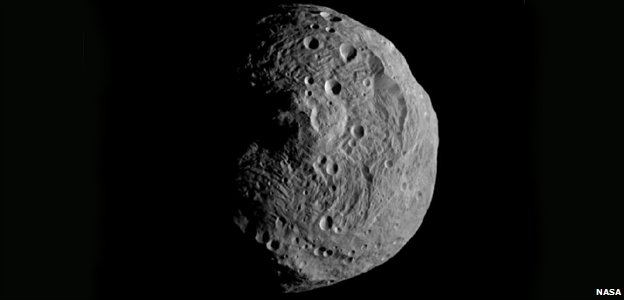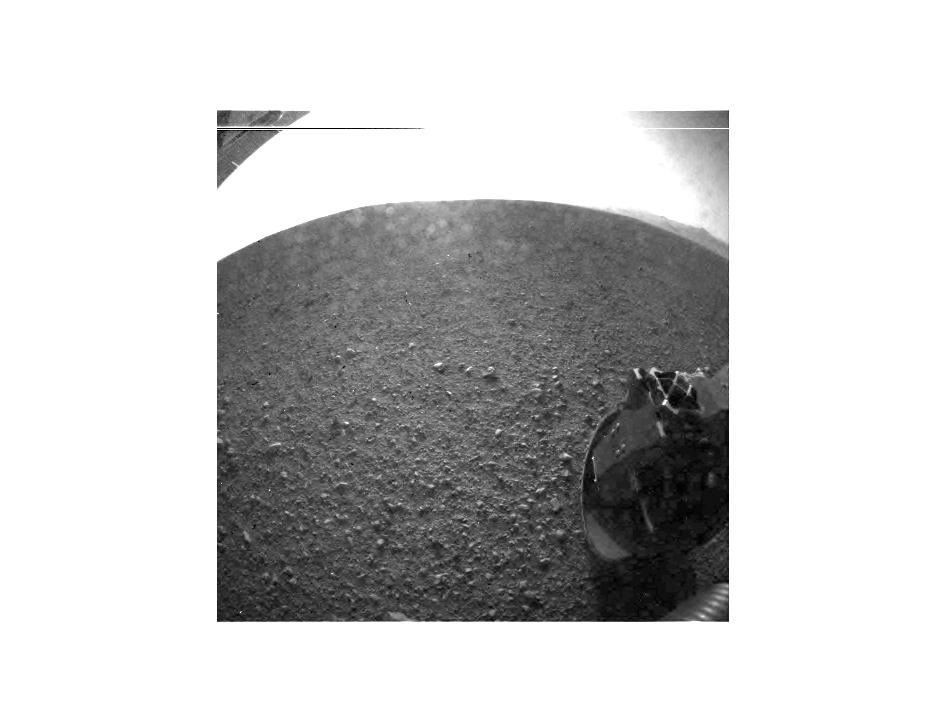Solar Dynamics Observatory: Three years in three minutes
What it says on the tin. Three years after First Light, Nasa’s Solar Dynamics Observatory (SDO) has released three stunning minutes of images compiled during its virtually unbroken coverage of the sun’s rise toward solar maximum. Enjoy! [Video from NasaExplorer on YouTube. Credit: NASA’s Goddard Space Flight Center/SDO] As they note in the associated text During the course of the video, the sun subtly increases and decreases in apparent size. This is because the distance between the SDO spacecraft and the …













